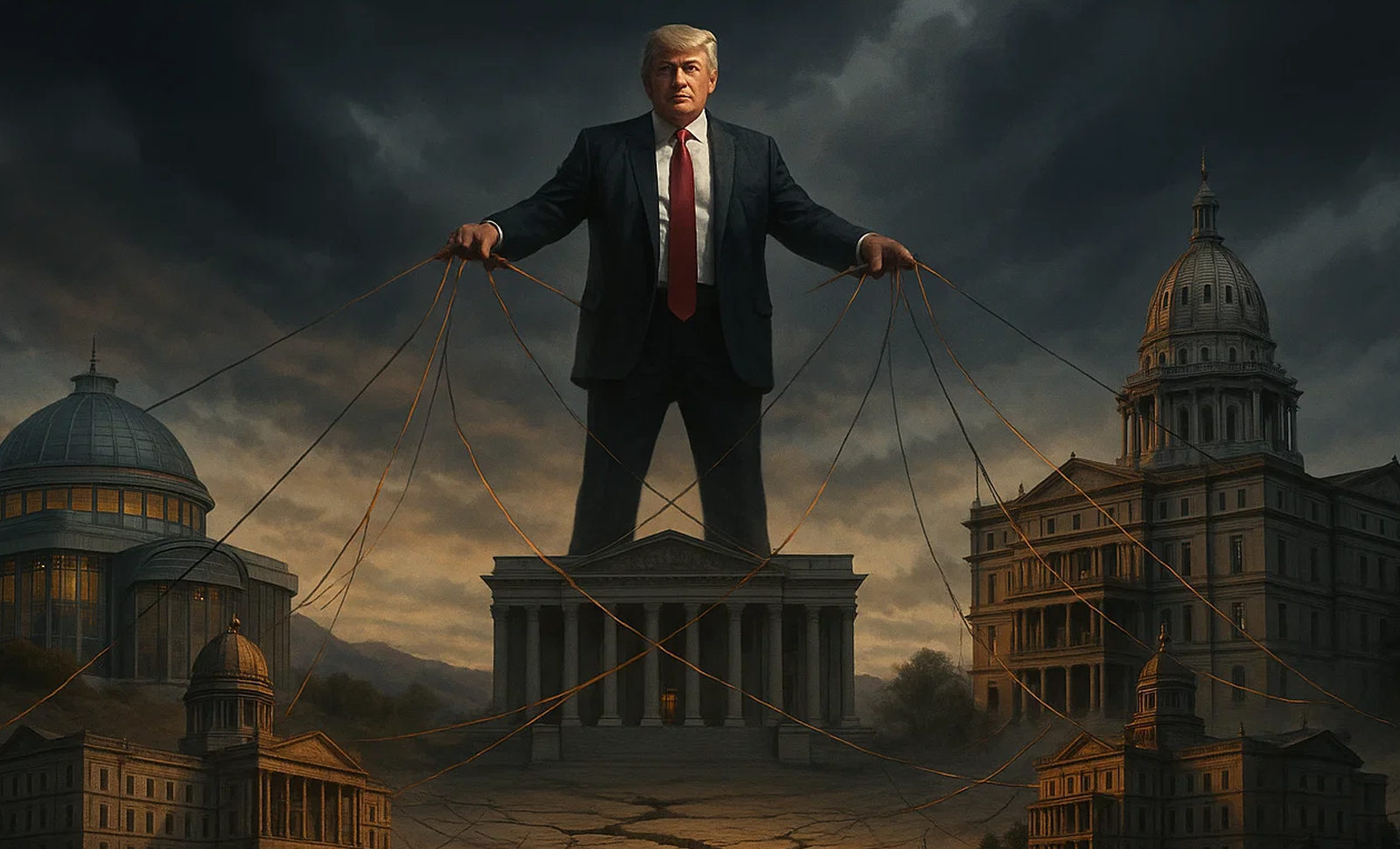In recent months, Democratic governors have grappled with whether to confront or cooperate with the Trump administration. At a National Governors Association (NGA) meeting in Colorado Springs around July 25, roughly 20 governors gathered to navigate this dilemma, publicly committed to resisting overreach while quietly preparing for collaboration where feasible.
This balancing act is vividly illustrated in California, where Governor Gavin Newsom responded with legal action after being blindsided by Trump’s National Guard deployment to Los Angeles protests, an episode he initially approached with deference. Newsom declared he would no longer “work for” Trump after being personally bypassed which is a shift reflecting deepening frustration with being marginalized in federal decision‑making.
Lines That Cannot Be Crossed
For some governors, cooperation has clear limits. Maine Governor Janet Mills challenged Trump over transgender athletes in women’s sports, pledging court action when federal funding was threatened, a bold move that rallied progressive support but also risked retribution, according to AP News. Michigan Governor Gretchen Whitmer, while praising Mills’ resolve, expressed that such actions come with electoral and institutional costs: “There’s always a cost that comes with that”.
Similarly, Illinois Governor J.B. Pritzker compared Trump’s administration to the Nazi movement and criticizing Democrats “going along to get along”, signaling an uncompromising posture with limited tolerance for federal overreach.
Pragmatic Engagement in Practice
Conversely, other governors have opted for pragmatism. Colorado’s Jared Polis praised by MAGA-aligned figures and even supporting Trump’s controversial health‑care cabinet pick, RFK Jr., sees value in engaging on shared terrain while preparing for divergence on immigration and deportation policy. Polis and others argue that pragmatic engagement allows focus on delivering for residents even amid ideological divergence.
Michigan’s Whitmer has framed her strategy as “putting the people’s interests before partisan interests”, engaging Trump’s team on trade and defense, while resisting policy intrusions when needed. In New York, Governor Hughes’s tone was equally dual: meeting with Trump on congestion tolling and infrastructure support, while making clear that “we’re not going to sit idly by and let our rights be attacked”.
Institutional and Legal Counterweights
Beyond political posturing, governors are utilizing legal and structural shields to counter potential wrongdoing. Democratic attorneys general and governors have coordinated litigation to block funding freezes, birthright citizenship revocations, and immigration enforcement measures, asserting state court power to check federal policy under anti‑commandeering doctrine, according to State Court Report.
Several states, including Illinois, Oregon, and Washington, are enacting laws that explicitly bar cooperation with federal deportation efforts. Legal teams in many states are preparing for future emergencies, including safeguarding reproductive privacy and resisting federal control over state law enforcement or National Guard deployments. But executing these contingencies requires complex coordination and shared intelligence across state lines, though some governors, such as Pritzker, have begun forging such networks.
Strategic Divergence Amid National Stakes
Democratic governors are also incentivized by prospective 2028 presidential ambitions. High-profile figures like Whitmer, Newsom, Pritzker, and Polis must weigh whether adversarial visibility with Trump helps or harms their national standing. Some critics within the party worry that moderate cooperation may erode the broader message of resistance, while hardliners argue engagement risks co‑optation.
Meanwhile, institutional tensions are rising. Kansas Governor Laura Kelly and incoming NGA vice‑chair Wes Moore have openly criticized the NGA for insufficient resistance to Trump policies. The Democratic Governors Association chair has even announced plans to withhold dues, signaling frustration at the perceived lack of institutional advocacy.
The Implications Ahead
The strategies emerging now are poised to significantly shape the contours of state–federal relations throughout Trump’s second term. One major concern is governance risk: the threat of populist retaliation remains very real, as federal funding could be withheld and protracted legal battles may delay essential services. This forces governors to balance the short-term advantages of cooperating with Washington against the potential for long-term institutional erosion. To counter this, some are building structural guardrails, proactively enacting legal frameworks that restrict state collaboration with federal deportation efforts, enhance data privacy protections, and limit executive authority, to insulate their states from overreach. Meanwhile, electoral calculus looms large for governors with ambitions for reelection or national office. They must determine whether voters will favor pragmatic problem-solving or principled defiance, particularly as post‑2024 political realignments and economic disillusionment among young male voters continue to reshape the electoral terrain.
Looking Ahead
At this juncture, Democratic governors are no monolith. Some are preparing legal countermeasures behind closed doors; others are navigating open engagement attempts. All agree that new lines have to be drawn but vary sharply on where exactly those lines lie.
The future balance of power will depend on whether governors can maintain credibility with their own voters while avoiding dereliction in engaging national officials. Their ability to shield state interests while resisting authoritarian drift will test not just political acumen, but the resilience of state institutions themselves.













